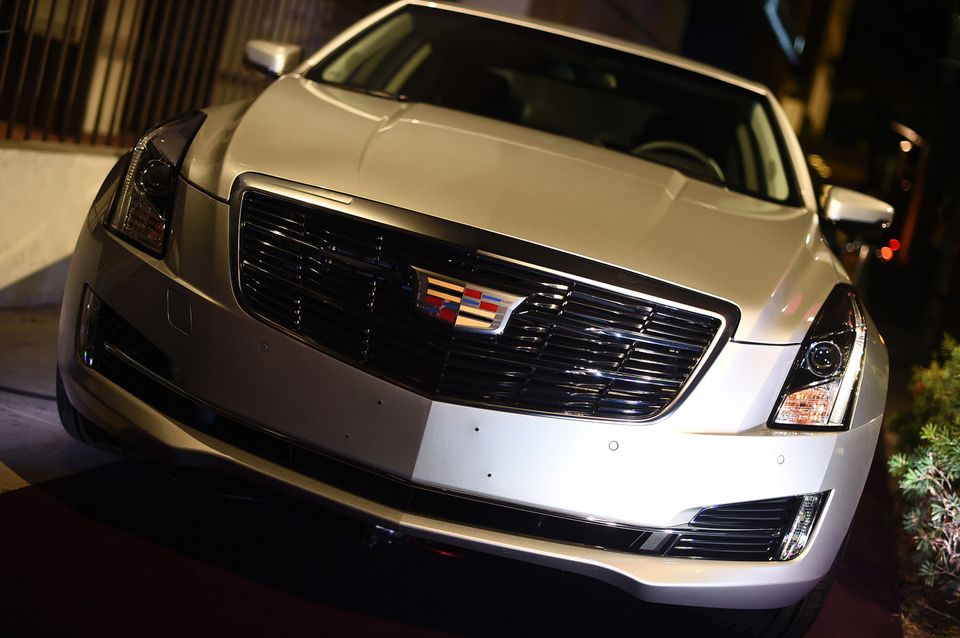
This story was originally published on 24/7 Wall St.
The American auto industry was pummeled during the recession. Since then, car sales have recovered gradually. More than 1.5 million cars and light trucks were sold in March, up slightly from a year ago.
While people are buying cars again, the demand for certain vehicles each year is remarkably low. According to data provided by Kelley Blue Book, a vehicle sold in the United States last year spent about 71 days on average on a dealer’s lot before it was sold. Some car models took less than 15 days to sell on average, while vehicles at the other end of the spectrum took an average of more than four months to sell.
In an interview with 24/7 Wall St., Kelley Blue Book analyst Tim Fleming said that a long turnover time is often symptomatic of floundering sales, and that many of these vehicles will be discontinued if they are not already. Indeed, a number of the models with the longest turnover periods in 2013 and 2012 have been discontinued since.
An especially high number of days to turn generally means the carmaker produced too many cars. High turnover time does not necessarily indicate that a car is absolutely popular or unpopular, but rather that it was popular or unpopular relative to the manufacturer’s expectations. For example, more than 43,000 Buick Veranos were sold last year, but it took nearly 145 days to turn the car. As Fleming explained, this implies that Buick expected even stronger demand and built more Veranos than people actually wanted to buy.
While spending especially long periods of time on dealers’ lots is generally a bad sign — not just for the model but also for the carmaker — this is not always the case. For example, a Nissan GT-R spent about 170 days on the lot before it was sold last year, second only to the Honda Insight. However, the GT-R is in the very exclusive supercar category, and its unit sales of just 1,500 in 2014 was small compared to Nissan’s overall unit sales. This means a poor turnover time for the GT-R will not impact Nissan’s profitability. Also, the manufacturer’s suggested retail price (MSRP) of roughly $100,000 for the GT-R is prohibitively expensive for most Americans.
There may be more at stake for Cadillac, on the other hand, which produced three cars with the longest turnover times. General Motors (NYSE: GM) still dominates the U.S. auto market, although its share of all sales declined from March of last year to this March.
“These vehicles all launched recently as sort of a resurgence for Cadillac,” Fleming said. However, “the inventory was not managed properly.” As older vehicles typically take longer to sell than new ones, this may be an especially bad sign for Cadillac. “When there’s a newer product that isn’t selling, that’s never a good sign,” said Fleming.
It should be noted that overproduction of a vehicle is not always the result of overestimating its consumer appeal. For example, the recent decline in gas prices is having a material impact on the attractiveness of hybrid and electric gas, as driving gas-powered cars has become more affordable. “With gas prices going down, hybrids and electrics are not really the most popular vehicles out there, so that sort of accounts for why those are at the top.”
To identify the cars no one wants to buy, 24/7 Wall St. reviewed the highest average number of days car models spent on dealers’ lots before they were sold in 2014 from Kelley Blue Book (KBB). KBB also provided average turnover times from previous years in addition to unit sales figures by make. The manufacturers’ suggested retail price (MSRP) data are from their websites and refer to the newest model year. We also relied on car reviews from J.D. Power and Consumer Reports. Additional sales figures are from The Wall Street Journal.
These are the cars no one wants to buy.
